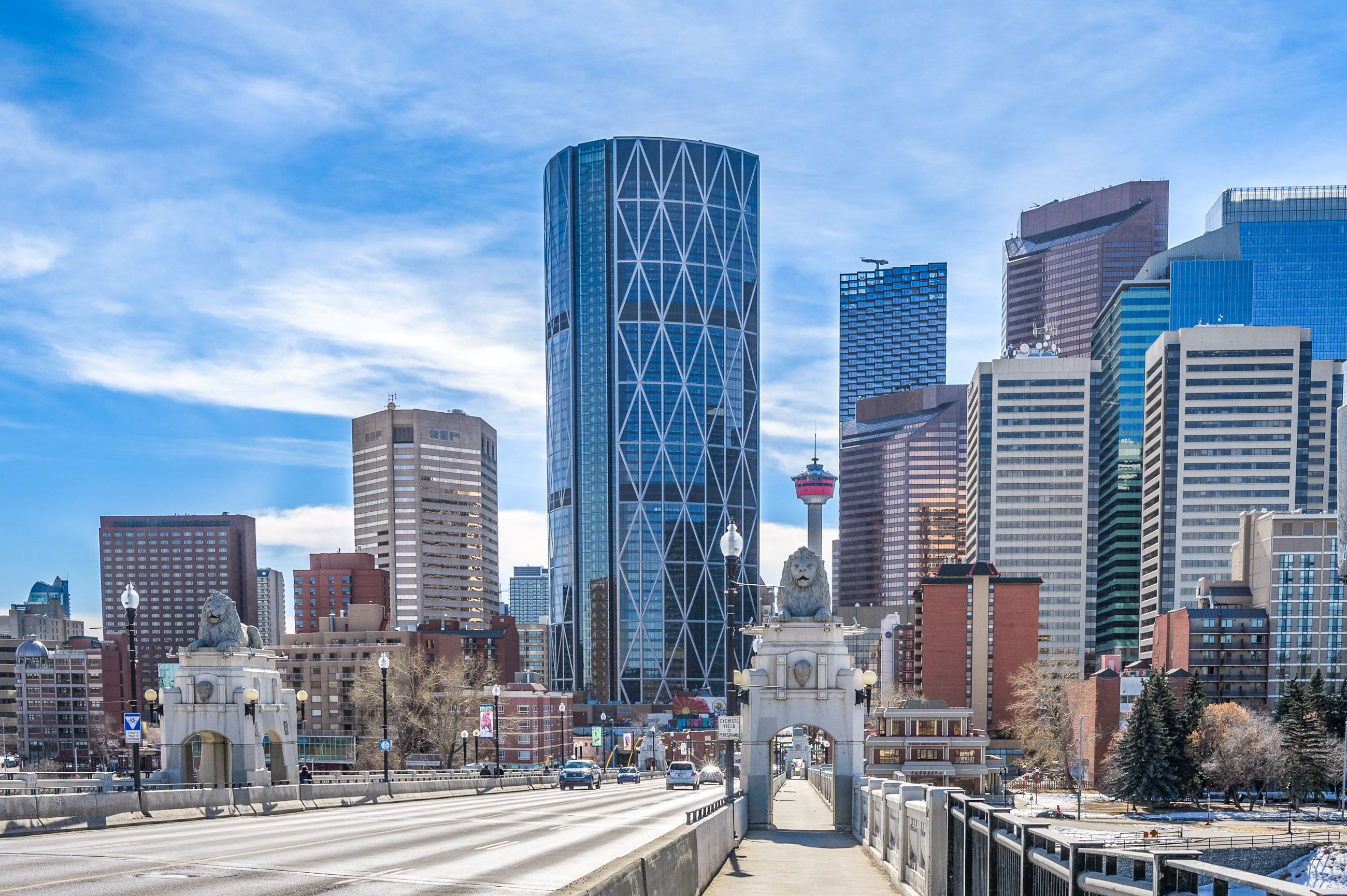I think we need to remember the three biggest obstacles to building Green Line in the first place%
1. There is a long distance that needs to be covered to get from downtown to the population in south east Calgary in order to actually reach a population that will generate ridership. Building to anywhere less than Douglasdale is essentially not worth it.
Yes, this is a very big challenge for the SE. It is not a challenge at all for the North.
2. There is a large technical complexity to bring a new LRT line into downtown so that stations can be located where people want to go and not just on the periphery of downtown which would fail to generate ridership. This complexity is amplified when wanting to make a continuous connection between a north and south east segment. Building either north or south east segment so that they stop short of downtown to avoid the expense of tunneling is essentially not worth it as that becomes 'a train to nowhere'
Again, these are primarily challenges for the SE moreso than the North. If we've accepted that running on the surface down Centre St is fine (I'm ambivalent), then it could simply* run all the way down the bridge to 7 Ave (under 4/5/6 Aves if necessary).
Which means losing the line connection...which is certainly a nice to have, but exactly how valuable is it really? If the North line existed as I describe it, would we be willing to pay to build the new proposed bridge just to achieve line connectivity? Or might we even look at the SE line and question if/how it needed to get to the heart of downtown. It probably should, but it wouldn't necessarily need to cross under 7 ave anymore.
Or hell, is 3 short blocks close enough if we kept it on the south side of the tracks and used it to serve the Beltline? Perhaps even up to MRU? Probably a dumb idea for the Calgary we know...but maybe not that dumb for a 2-2.5M city?
3. There is another large technical complexity to get the train up, over the Bow River and on to the bluff so that it can start heading north.
Only if we insist on connecting the lines. A question which was settled fairly enough back when the napkin estimates weren't known to be absurd.
darwink raises fair points about some of the challenges to the North. I'd argue those pale compared to crossing red line, CP line, Elbow River, Bow River, etc. I'd add that the CP tracks and canal pose an access challenge for a number of stations - some places requiring expensive mitigation, others simply limiting potential ridership.
We are used to building our LRT lines incrementally but these 3 complexities always meant that building Green Line in small increments would always be difficult initially. The stage 1 plan we have now was designed to remove all 3 of these complexities in one go which would set Green Line up for future incremental expansions. We now budget is now even more of an issue so it is unlikely we will tackle the Bow Bluff in this stage but the Eau Claire station is still designed to launch the Line over the river, which is a plus.
Somewhere along the way, people started to treat Stage 1 as if it needed to be a complete line in and of itself with no future expansion when in reality the entire point of it was to solve the 3 biggest technical complexities that have been a barrier to Green Line construction for the last 30 years. With these complexities solved, we can get back to more affordable, bite sized expansion of the network. Stage 1 was always going to be the most expensive part of Green Line. Despite the fact that that has been proven accurate in spades, moving forward with Stage 1 still makes a lot of sense.
It actually just struck me that the complexity they are avoiding by going SE is dealing with existing roads and residents. Centre Street is quite simple...but not necessarily easy or painless, especially with such little pre-planning. The SE just has to deal with the rail companies, but it's mostly out of public view.
